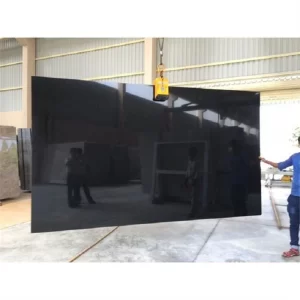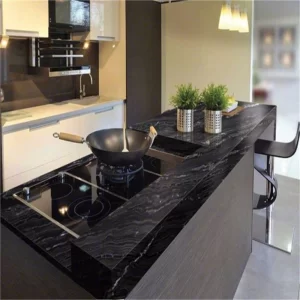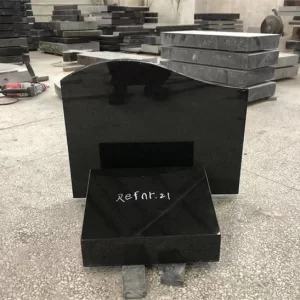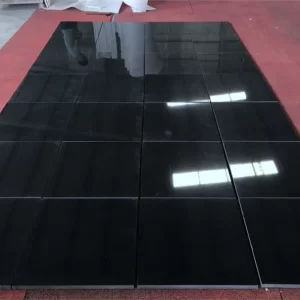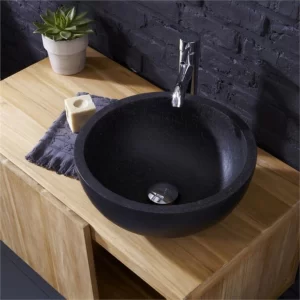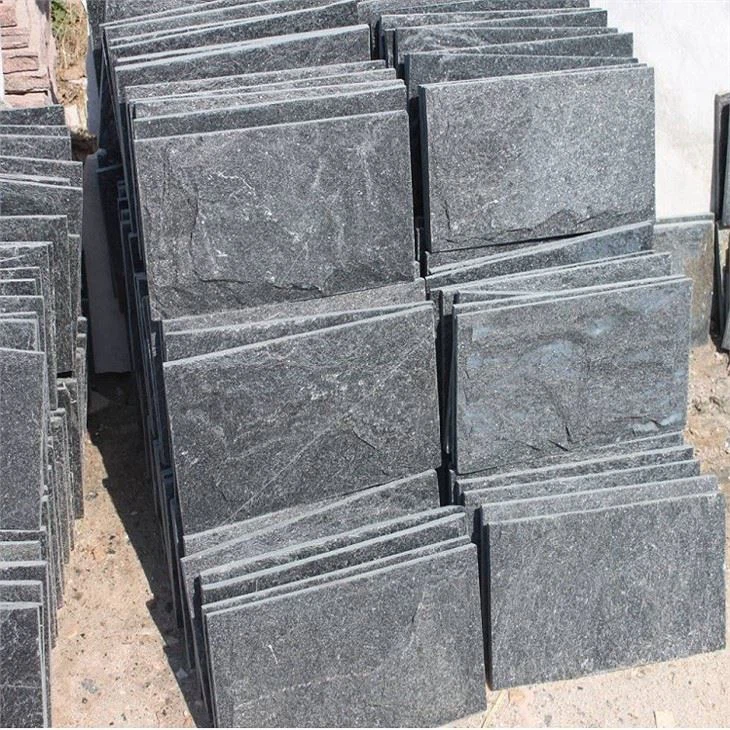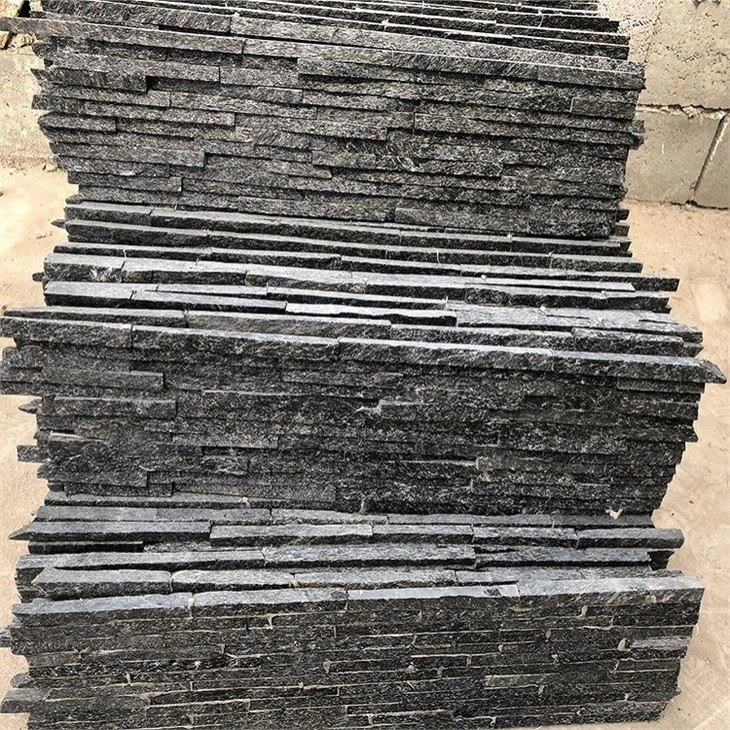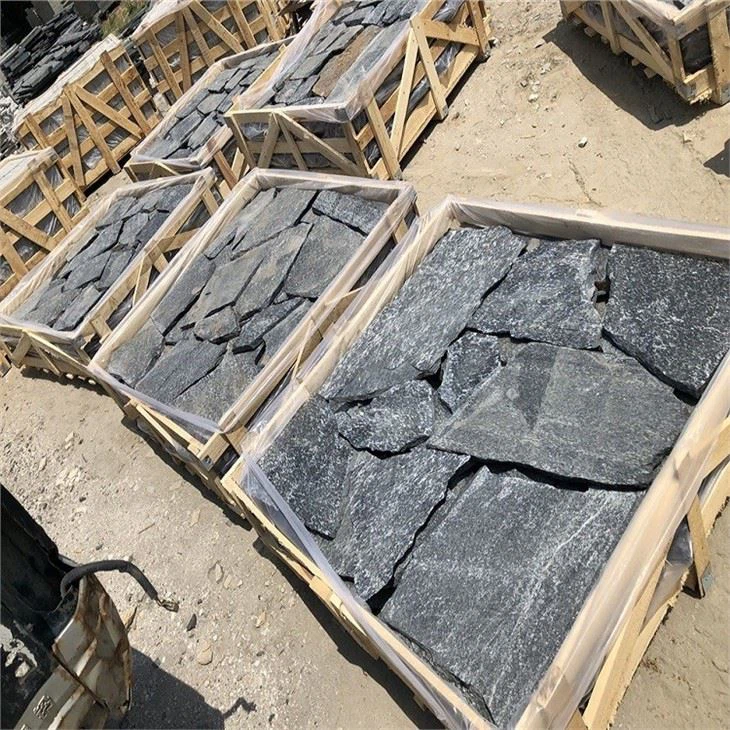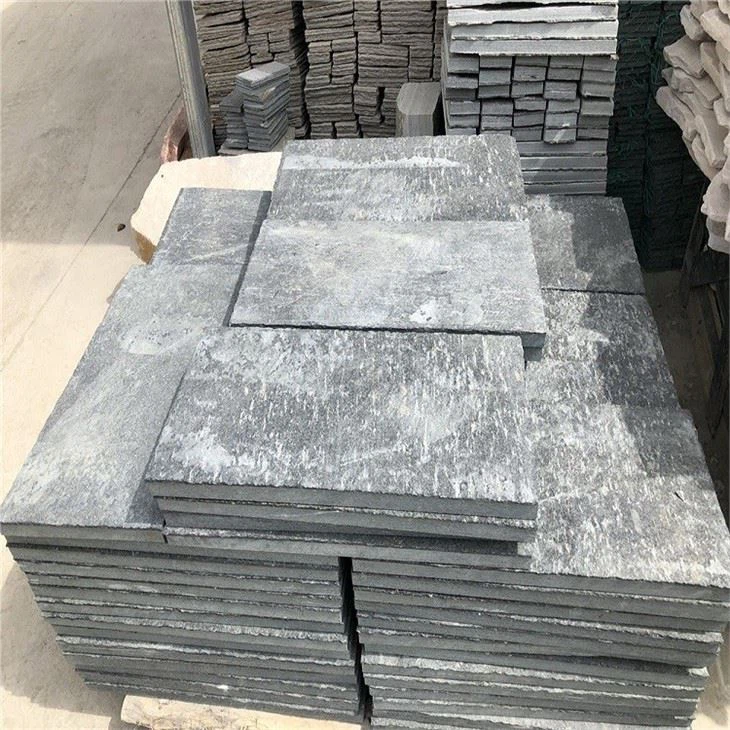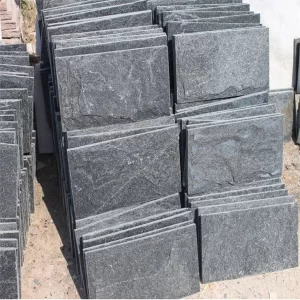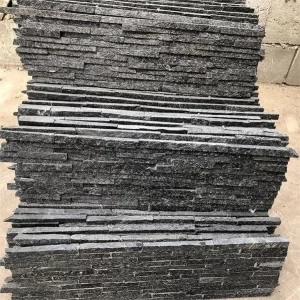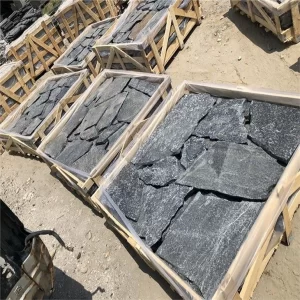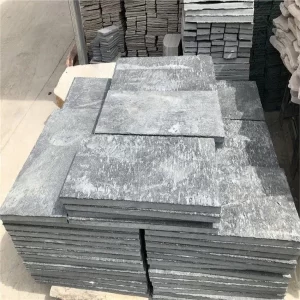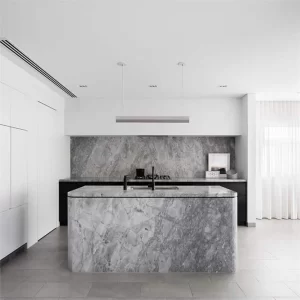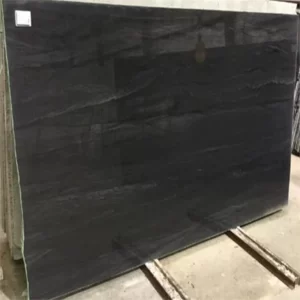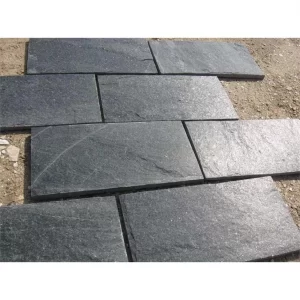The main chemical composition of quartzite is quartz–SiO 2 . Quartzite generally has massive structure, granular metamorphic structure, and crystalline aggregate. Quartz is also rich in color, common colors are green, gray, yellow, brown, orange-red, white, blue, and so on.
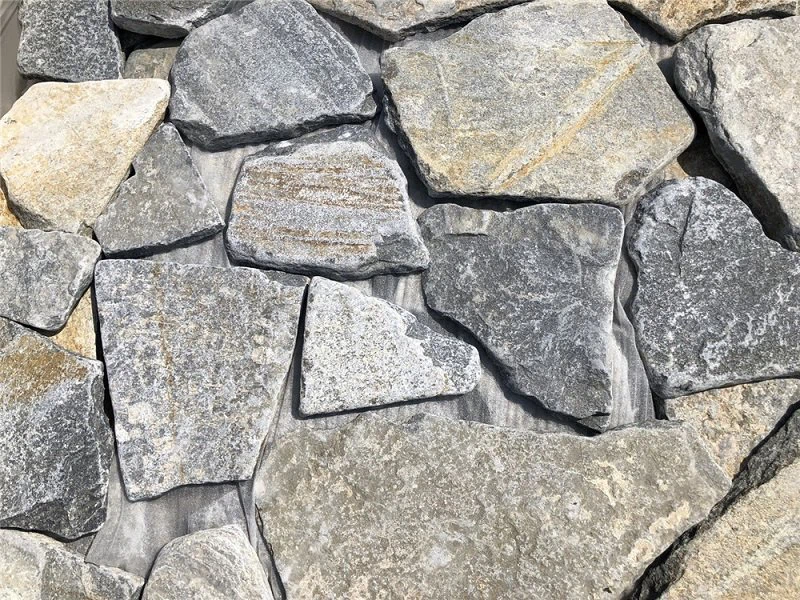
Quartzite is a metamorphic rock mainly composed of quartz, which is formed by the metamorphism of quartz sandstone and siliceous rock. According to the quartz content, it can be divided into two categories: (1)feldspar quartzite, the quartz content is more than 75%, often containing feldspar and mica and other minerals, and the feldspar content is generally less than 20%. If the content of feldspar increases, it will transition to shallow granule. (2)Quartzite, with a quartz content of more than 90%, may contain a small amount of minerals such as mica, feldspar, and magnetite.
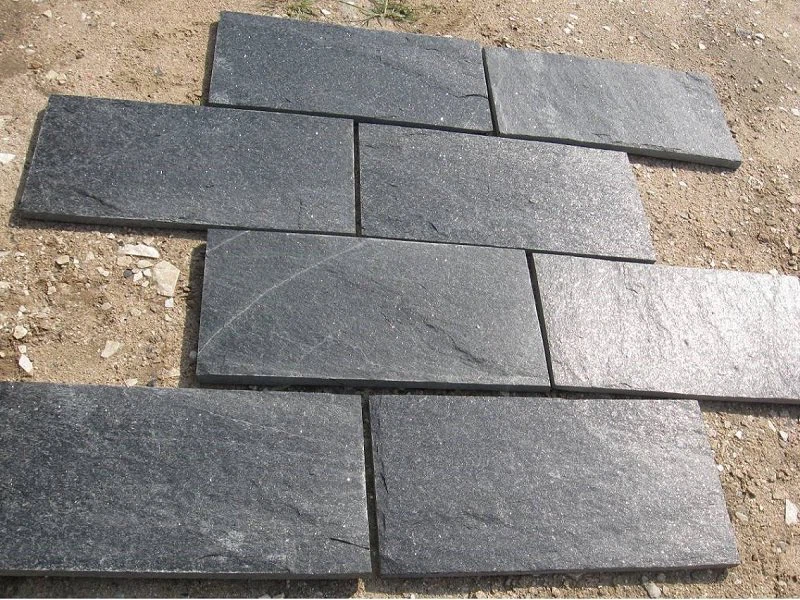
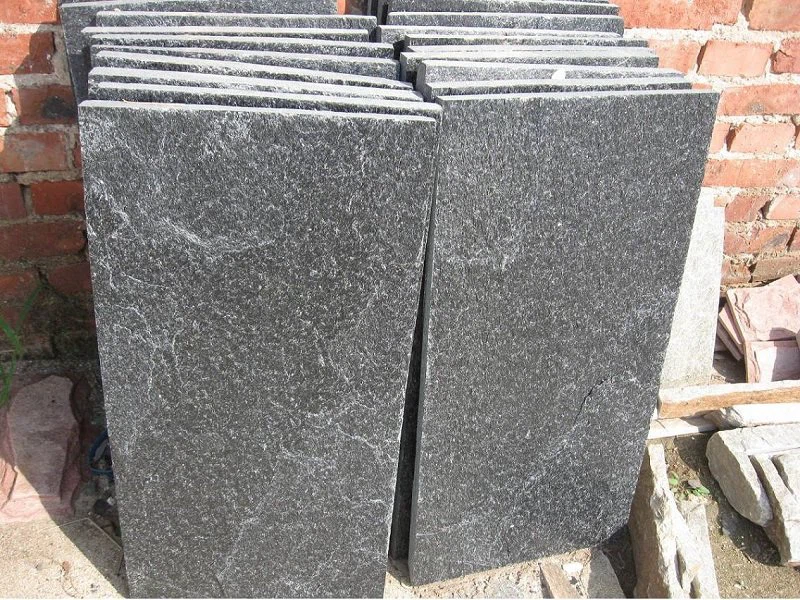
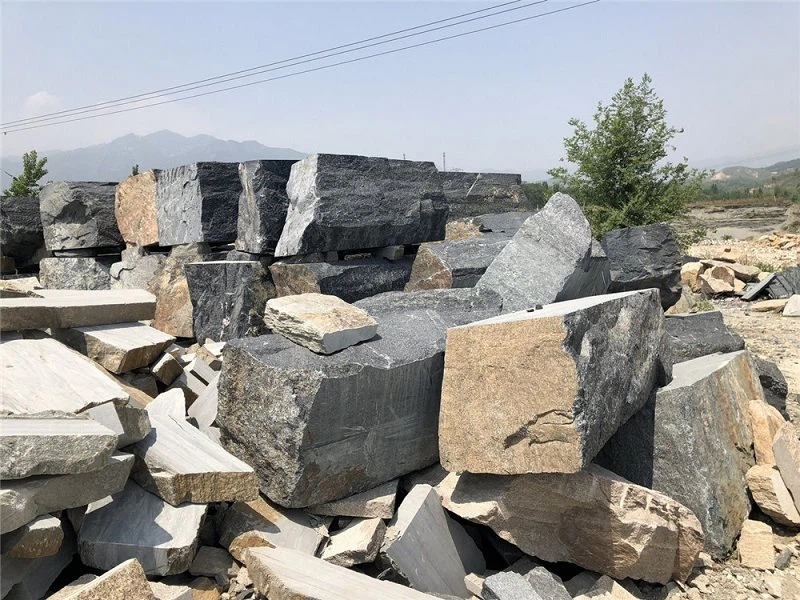
The original rock of quartzite can be: single mineral quartz sandstone, argillaceous, calcareous quartz sandstone, colloidal sedimentary siliceous rock (including terrigenous clastic dissolution and redeposition of siliceous rock and siliceous rock related to volcanic eruption) and deep-sea radiolarian siliceous rocks. Quartzite formed by different protoliths can be distinguished according to structure, degree of metamorphism, by-products, rock symbiotic combination and occurrence. For example, quartzite formed from single mineral quartz sandstone has a relatively coarse grain size, often with a typical balanced mosaic structure, and contains more accessory minerals such as zircon; The particle size is also rarely larger than 0.2 mm, and it has a dentate interspersed structure and generally does not contain accessory minerals.

